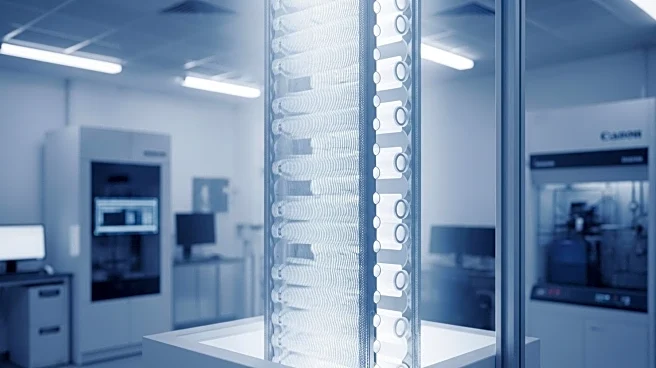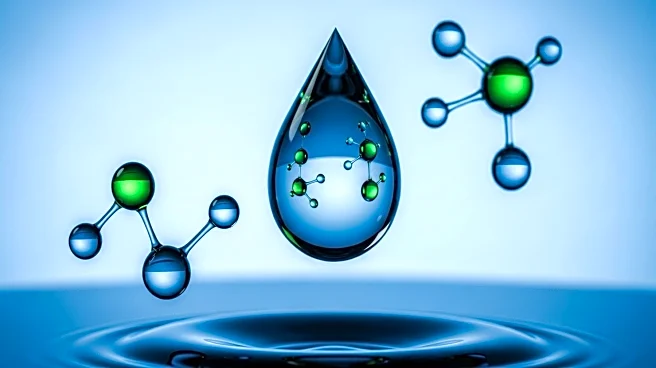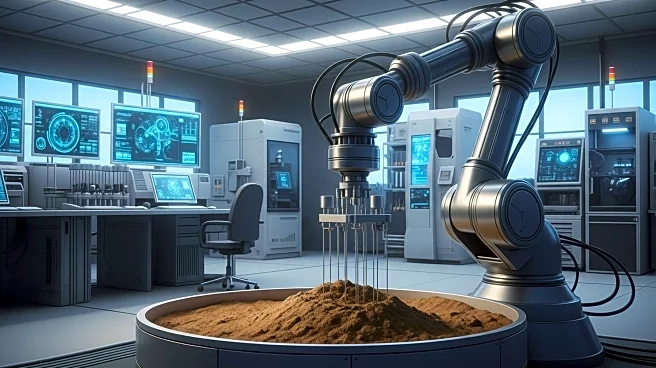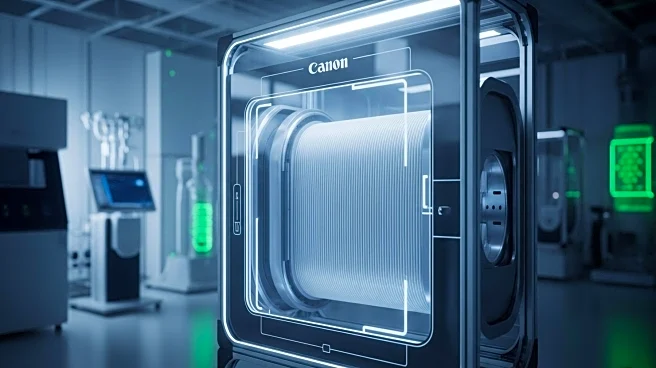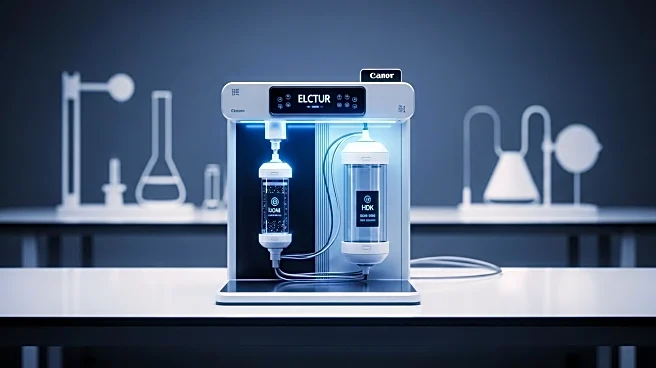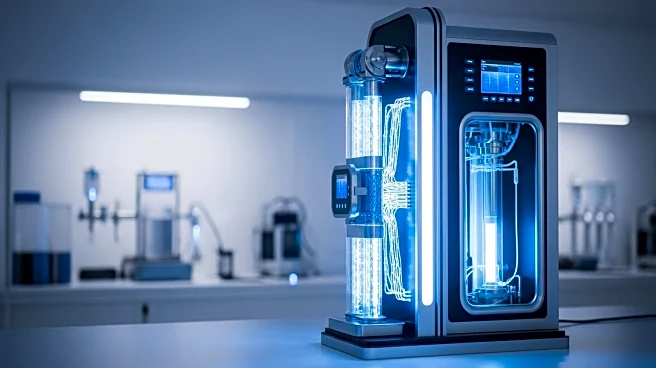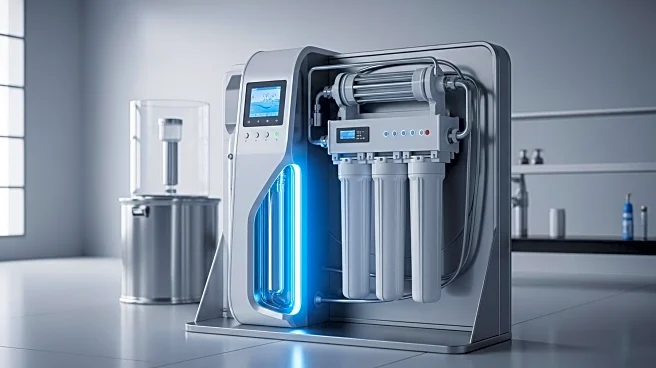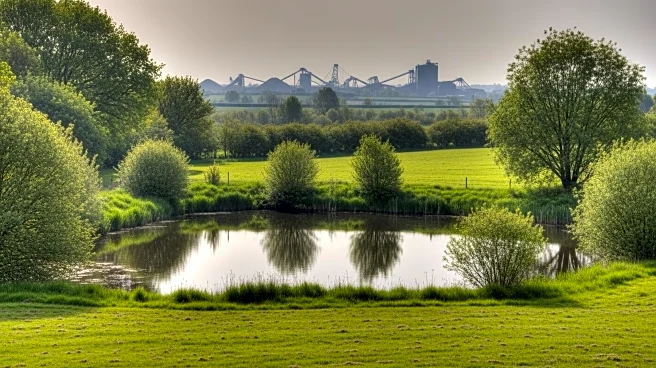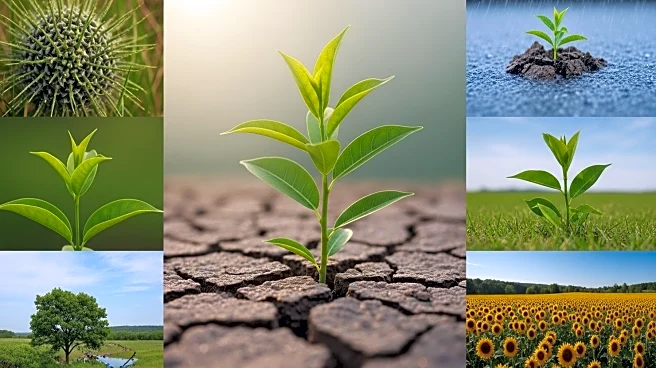What is the story about?
What's Happening?
A recent study has introduced a new method for fabricating ultra-selective reverse osmosis membranes aimed at removing toxic micropollutants. The research utilized thermal-intensified interfacial polymerization (TIP) to create polyamide membranes on a polysulfone substrate. These membranes were tested for their ability to reject various micropollutants, including endocrine-disrupting chemicals and antibiotics. The study involved the use of different temperatures during the polymerization process to enhance the membrane's selectivity and performance. The membranes were characterized using various techniques, including scanning electron microscopy and X-ray photoelectron spectroscopy, to assess their structural and functional properties.
Why It's Important?
The development of these membranes is significant for environmental protection and public health, as they offer a promising solution for removing harmful micropollutants from water sources. This advancement could lead to improved water purification systems, reducing the presence of contaminants that pose risks to human health and ecosystems. Industries involved in water treatment and environmental management stand to benefit from this technology, potentially leading to more efficient and cost-effective purification processes. The ability to selectively remove specific pollutants could also aid in compliance with environmental regulations and standards.
What's Next?
Further research and development are likely to focus on scaling up the production of these membranes and integrating them into existing water treatment systems. Collaboration with industry partners could facilitate the commercialization of this technology, making it accessible for widespread use. Additionally, ongoing studies may explore the application of these membranes in different environmental settings and their effectiveness in removing a broader range of pollutants.
Beyond the Headlines
The ethical implications of this technology include the potential for more equitable access to clean water, particularly in regions facing water scarcity and pollution challenges. The long-term impact could involve shifts in public policy towards stricter water quality standards and increased investment in advanced purification technologies.
AI Generated Content
Do you find this article useful?
